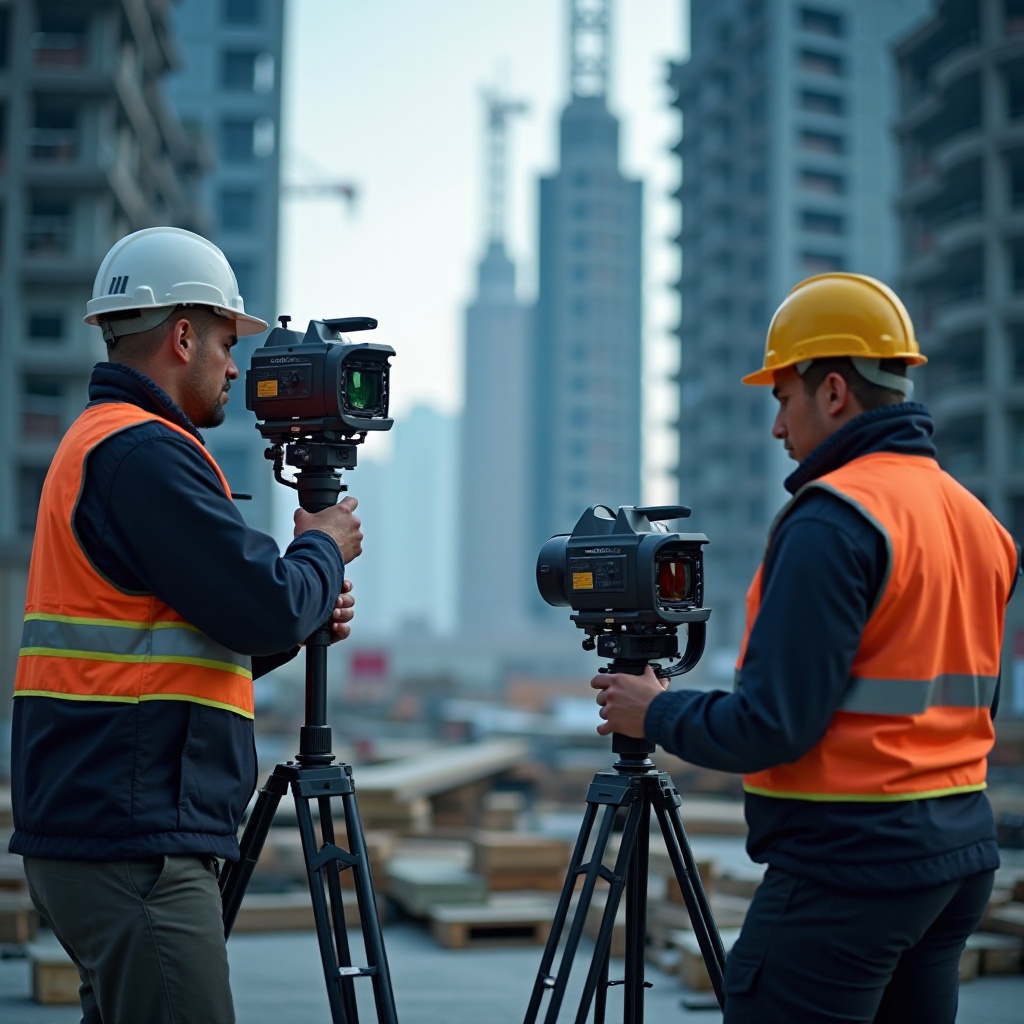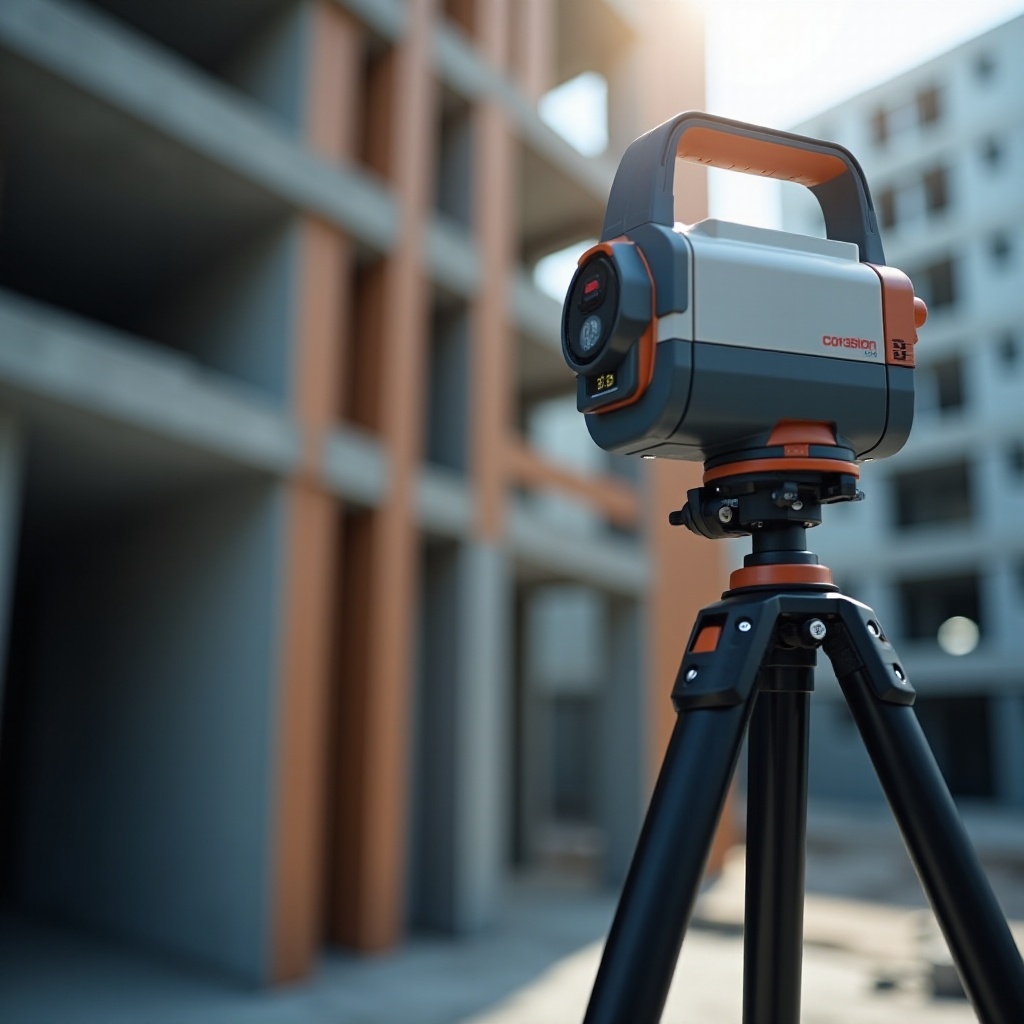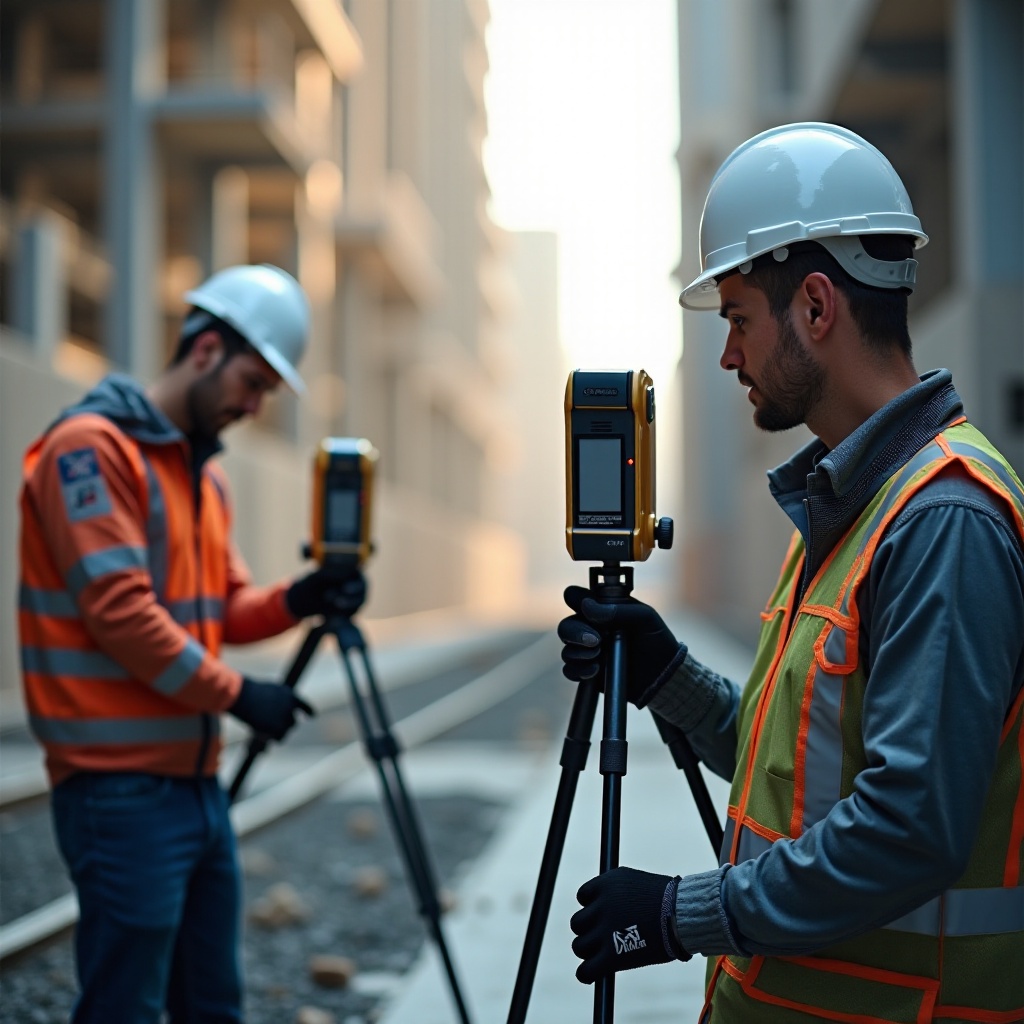Introduction
The construction industry continuously evolves, adopting the latest technological advancements to enhance efficiency and accuracy. Among these technologies, 3D scanners have revolutionized how projects are executed. By capturing precise and comprehensive data, 3D scanners streamline many aspects of construction, from design to execution. This guide delves into various facets of 3D scanners tailored for construction in 2024, outlining their benefits, key features, and more to help you make informed decisions for your projects.

What is a 3D Scanner?
A 3D scanner is a device that accurately captures the physical world in three dimensions using lasers, light, or X-rays. These devices create detailed 3D models of objects, structures, or environments, which can be used for various applications.
In construction, 3D scanners are used to capture the geometry of a building site, providing detailed data for planning, design, and construction. These scanners generate a point cloud, a collection of data points in space that combine to form a precise 3D model. This technology enables unprecedented accuracy and efficiency, making it an invaluable tool in the construction sector.
Benefits of Using 3D Scanners in Construction
Incorporating 3D scanners in construction projects offers numerous benefits, enhancing both efficiency and accuracy. Here are some of the primary advantages:
-
Time Efficiency: 3D scanners streamline the data collection process, significantly reducing the amount of time required to survey a site. This enables quicker project initiation and faster turnaround times.
-
Improved Accuracy: Traditional surveying methods are susceptible to human error, but 3D scanners provide precise data with minimal margin of error. This accuracy is crucial for avoiding mistakes during construction, ensuring the final build aligns perfectly with the design.
-
Detailed Documentation: The data captured by 3D scanners can be stored and revisited at any time, offering an accurate record of the site’s condition at various stages. This is vital for tracking progress, making informed decisions, and resolving disputes.
-
Enhanced Collaboration: The detailed 3D models can be shared easily among team members, stakeholders, and clients, improving communication and collaboration. Everyone involved has a clear understanding of the project’s current state and its progress.
Key Features to Look for in a Construction 3D Scanner
When choosing a 3D scanner for construction, several features must be considered to ensure it meets your project requirements.
-
Accuracy: Precision is paramount in construction. Look for scanners with high resolution and minimal error margins.
-
Range: The scanner’s range should be suitable for the scale of your projects. Large construction sites may require scanners with extensive range capabilities.
-
Portability: For ease of use and flexibility, choose scanners that are lightweight and easy to move around the construction site.
-
Scanning Speed: A faster scanning speed will save time and increase productivity. Evaluate the scanner’s data acquisition rate to ensure it meets your project needs.
-
Data Integration: Ensure the scanner can integrate with your existing software and systems. Compatibility with CAD and BIM software can streamline the design and construction process.
-
Durability: Construction sites can be harsh environments. Your scanner should be robust and capable of enduring the rigors of outdoor and on-site use.
-
Battery Life: Consider the device’s battery life, especially for extensive projects where charging may not be readily available.

Popular 3D Scanners for Construction in 2024
Several 3D scanners are set to dominate the construction industry in 2024. Here are three prominent models that stand out:
Scanner A
Description: Scanner A is known for its high precision and extensive range, making it ideal for larger construction sites. It integrates seamlessly with most CAD and BIM software, allowing for easy data manipulation and application.
Scanner B
Description: Compact and portable, Scanner B is perfect for smaller sites or projects requiring high mobility. Despite its size, it doesn’t compromise on accuracy and provides quick data acquisition.
Scanner C
Description: Featuring robust construction and long battery life, Scanner C is suited for harsh environments and extensive projects. It offers excellent range and accuracy, ensuring reliable data collection under challenging conditions.
Practical Applications of 3D Scanners in Construction
The applications of 3D scanners in construction are vast and varied. Here are some key areas where these devices prove invaluable:
-
Site Surveying: 3D scanners conduct detailed surveys of construction sites, capturing accurate topographical data quickly and efficiently.
-
Architecture and Design: Architects use 3D scanning data to create precise models for better visualization and planning.
-
Quality Control: During and after construction, scanners verify that the work aligns with the design specifications, ensuring high-quality results.
-
Renovation Projects: 3D scanners help in documenting existing structures, aiding in the design and execution of renovation projects by providing accurate measurements and details.
-
Infrastructure Monitoring: Regular scanning can monitor buildings’ and infrastructure’s structural integrity over time, detecting any potential issues early.
Case Studies
Case Study 1: Large Commercial Project
In a large commercial project, a 3D scanner played a pivotal role by providing precise data for planning and execution. The scanner reduced surveying time by over 50%, allowing the project to proceed faster. Regular scanning ensured that the construction remained true to the original design, avoiding costly errors and rework.
Case Study 2: Historical Building Renovation
For the renovation of a historical building, a 3D scanner captured detailed images of the existing structure. This data was crucial for preserving the building’s integrity while modernizing it. The scanner provided insights into areas requiring special attention, helping to maintain the building’s historical value.

Conclusion
3D scanners have undeniably revolutionized the construction industry, offering unparalleled accuracy, efficiency, and versatility. As technology advances, their role in construction will continue to grow, driving the industry toward more innovative and precise methods.
Frequently Asked Questions
How do 3D scanners improve construction project accuracy?
3D scanners provide highly accurate data by capturing detailed images and measurements of the construction site. This minimizes human error and ensures that every aspect of the build aligns with the design specifications.
What are the cost implications of integrating 3D scanners in construction?
Although the initial investment in 3D scanners can be substantial, the overall cost savings are significant. They reduce the time and resources needed for site surveying, improve accuracy, and minimize errors and rework, leading to long-term financial benefits.
Can 3D scanners be used for both large and small construction projects?
Yes, 3D scanners are versatile tools suitable for various project sizes. For larger projects, high-range scanners are ideal, whereas, for smaller projects, portable scanners offer efficient and precise data collection.